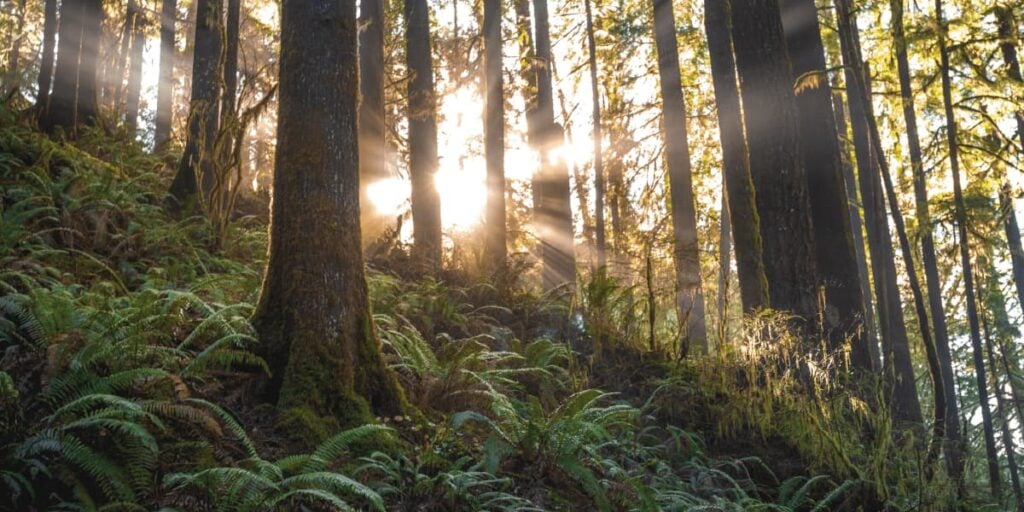3 min read
Investing in nature is key to addressing the biggest crises we face today – climate change and biodiversity loss. Nature can provide up to 37% of the climate change mitigation required until 2030 to meet the Paris Agreement goal of limiting warming below 2°C. We need to bridge the nature funding gap of up to US$824 billion per year to reverse the decline in biodiversity by 2030, and triple investments in Nature-based solutions by 2030 especially in terms of private sector investment in nature-based solutions. From tree planting programs that plant one tree for each product sold, to investing in an area of land to be conserved, businesses and investors have grown increasingly interested in leveraging nature-based projects to achieve their sustainability and climate commitments.
“Nature-based solutions are actions to protect, sustainably manage, and restore natural and modified ecosystems that address societal challenges effectively and adaptively, simultaneously benefiting people and nature.”
– International Union for Conservation of Nature (IUCN)
Yet, projects with good intentions but poor execution may exacerbate ecosystem degradation and lead to unintended negative consequences. Planting trees in the wrong geographic areas may introduce invasive species, while planting a single species (i.e. monoculture) can reduce the area’s biodiversity and weaken the ecosystem’s resilience. Moreover, no one wants to be accused of investing in conservation projects that engage in “land grabbing” and threaten local land rights and tenure if indigenous communities are driven out of protected areas. How then can investors identify good quality NbS projects and assess their impact? A study by Mana Impact in collaboration with EnviroStrat, conducted with support from the UBS Optimus Foundation, analysed some of the key criteria to catalyse high-quality NbS projects. Given the importance of monitoring a project’s progress towards attaining its intended outcomes, the report also discussed existing measurement systems to evaluate NbS projects in different ecosystem types.
Although the IUCN Global Standard for Nature-based Solutions provides some principles and criteria for developing NbS projects, there is currently no single standard that defines a high quality NbS project. Nonetheless, the study identified some of the best practices in designing and monitoring existing projects as detailed below.

Ultimately, a holistic design, thoughtful project implementation and long-term monitoring and evaluation are critical elements of successful NbS projects.
Nonetheless, challenges exist on the ground. For instance, the report found that capacity and capability gaps are a common challenge in NbS project implementation, especially in complex project types or remote locations, or where project developers have limited experience or understanding of the landscape and the communities. There is also a need to expand the focus of NbS projects beyond carbon sequestration, to attain other important outcomes including climate change adaptation, biodiversity conservation and social benefits. High quality NbS projects need to ensure that biodiversity and ecosystem integrity is a key outcome, as a healthy and resilient ecosystem underpins all of the services that contribute to the desired outcomes.
Keen to learn more about assessing and investing in high quality NbS projects? Read the report to find out more about the importance and state of project MRV (measurement, reporting and verification), common KPIs to measure the impact of the projects you fund, and explore a variety of case studies that display the aforementioned best practices.


















